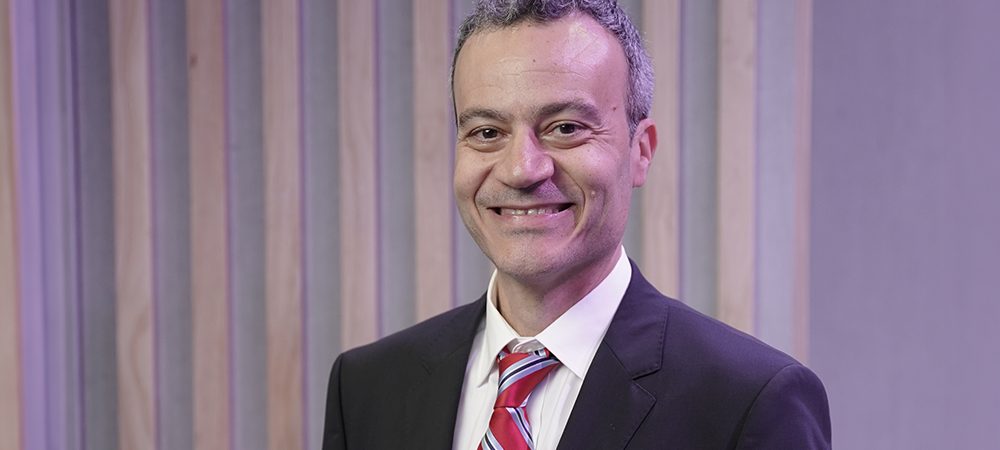Fixed wireless access emerges as an instrument to bridge Africa’s digital divide and regulators should release frequencies for 5G fixed wireless access quickly and affordably writes Chafic Traboulsi at Ericsson.
Today, the global digital divide persists, with around 1 billion households without fixed broadband. Projections indicate that approximately 30% of households worldwide may still lack broadband connectivity by 2028, according to an Ericsson analysis. At the same time, 3GPP technologies, including LTE and 5G, are poised to offer extensive coverage, reaching over 95% of households globally for LTE and around 85% for 5G by 2028.
This widespread household coverage presents a unique avenue for mobile operators to deliver fixed wireless access, fixed wireless access services on top of their existing mobile broadband offerings.
Within Africa, we expect these figures to be significantly lower as the region starts from a lower level of broadband penetration compared to other global regions. Therefore, the question is how the unconnected households and businesses can be effectively and quickly covered to close the digital divide?
The solutions for home broadband can be gathered into three main categories: fixed-dedicated line solutions like fibre or DSL, satellite-based solutions and finally fixed wireless access. xDSL and cable require low investments, particularly if pre-existing infrastructure is available. In contrast, the appeal of fibre lies in its capacity to provide high speeds.
However, limitations in xDSL and cable, related to speed and distance, can curtail future-proofness. Meanwhile, the extensive upfront investment associated with fibre, including factors like civil engineering and project approvals, contributes to its deployment challenges.
By contrast, fixed wireless offers lower cost, and it can be as low as a tenth of the cost of laying fibre. Furthermore, while fixed broadband services can only be used to provide home broadband connectivity, fixed wireless access can also be used for multiple use cases including Mobile Broad Band and Internet of Things. This enables using the same radio network infrastructure to address multiple use cases.
Fixed wireless access emerges as a pivotal tool for addressing Africa’s broadband needs. While 4G fixed wireless access provides an initial steppingstone, the potential of 5G becomes evident through its ability to deliver fibre-like speeds, complementing the fixed broadband in a country.
Several African markets, including Angola, South Africa, Nigeria, and Zimbabwe, have already started to offer 5G fixed wireless access services. This pivot towards fixed wireless access can be attributed to its cost-effectiveness, rapid deployment capabilities, and inherent flexibility, making it an enticing choice over traditional fixed services.
A notable example of how fixed wireless access can be used to enable digital inclusion, beyond home connectivity, is the recent joint initiative with FREE Senegal, in which several schools will be connected with Fixed Wireless Access technology, and will also be provided with laptops, learning content, and teacher training to support the development of the ecosystem.
The project will run as a part of Ericsson’s Connect to Learn programme, a global education initiative to improve educational opportunities through technology.
Fixed wireless access primarily means, we are using wireless access for the last mile of connectivity. While it sounds simple as it is, there are multiple ways of deploying fixed wireless access, the best-effort approach and the speed-based approach.
In a best-effort scenario, households have an indoor wireless router with wide-area wireless capabilities, example 3GPP to and from the home, and Wi-Fi or LAN cabling connects the router to local devices. The router and subscription are nomadic, allowing portability as long as the subscription is active.
The subscription often mirrors mobile broadband principles, potentially with increased data allowances. The best-effort label comes from the fact that the nomadic nature of the devices makes it difficult to provide extremely high grade guaranteed offerings.
Speed-based fixed wireless access, is where we believe the communication service providers should focus more. This approach focuses on outfitting homes with wide-area wireless-capable devices, like 3GPP and either outdoor-mounted on roofs, walls or indoor units with advanced antennas. This is managed like fixed broadband, remote setup and fault handling use standard protocols.
It has custom price plans, emphasizing data rates, and mirrors fixed broadband offerings. Superior performance in speed-based plans often leads to higher ARPU compared to basic options, aligning with market norms. Service providers can strategically mix varied packages for different user groups.
Subscriptions are tied to specific locations, linked to fixed-mounted CPEs or logically adjusted upon relocation. This location-aware method sharpens fixed wireless access service delivery precision.
In summary, fixed wireless access, particularly 5G fixed wireless access, emerges as a potent instrument to bridge Africa’s digital divide. For governments and regulators interested in bridging the digital divide in their countries it should be a priority that the frequencies needed for 5G fixed wireless access are released quickly and in an affordable way.
Capitalising on the expansive network scale, robust device ecosystem, and innovation of 5G, fixed wireless access is optimally poised to connect the homes, enterprises and communities that are without broadband access today. By facilitating fast and dependable broadband access, fixed wireless access catalyses economic growth and empowerment, strategically positioning Africa to harness the opportunities of the digital age.



